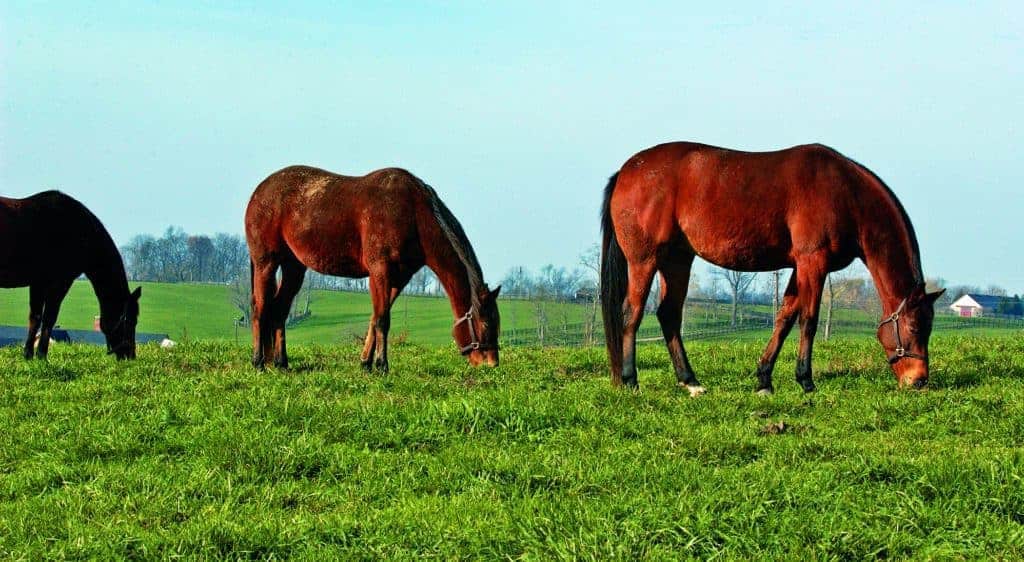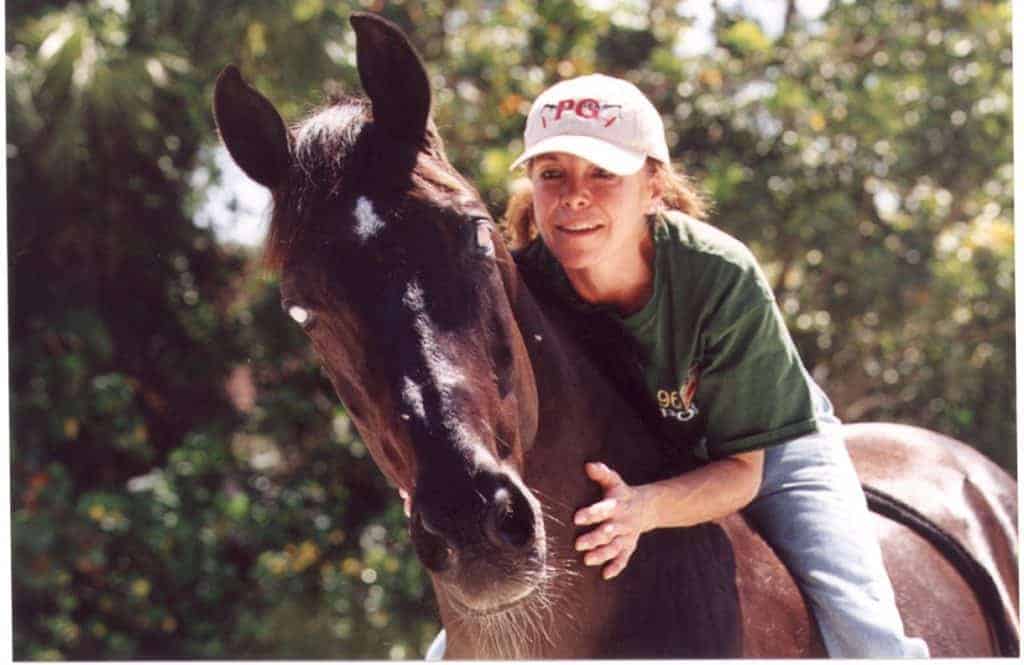
Poll Recap: Lush Spring Pastures
Of the 991 respondents, 26% said they’d reduce their horses’ turnout time to reduce spring pasture intake.

Of the 991 respondents, 26% said they’d reduce their horses’ turnout time to reduce spring pasture intake.

Miners Frolic, a 16-year-old, 17-hand Thoroughbred gelding, was diagnosed with atrial fibrillation.

Certain management factors might affect the likelihood of colic episodes.

Carol Clark, DVM, Dipl. ACVIM, shares her picks for the top equine medicine studies of 2013.

Vets have made great strides in EMS diagnosis and management, but there’s still much work to be done.

Caring for draft horses involves both physiological and logistical challenges.

EOTRH is a painful, recently identified condition that primarily affects horses’ incisors and canine teeth.

Tailored hoof care and husbandry practices could help affected horses return to health.
What would cause my mare to throw her head up repeatedly when she is ridden?

Heart murmurs in horses are often difficult for veterinarians to hear and identify. In this presentation by equine internal medicine specialist Dr. Michelle Barton, learn about equine heart murmurs and their possible associated risks.
The USEA will make a $1.00 dollar per starter assessment to fund research that benefits sport horses.

Dr. Erin Denney-Jones talks about obesity in horses, different problems that can be caused by obesity, and how to tell if your horse is overweight.

Blind dressage horse Valiant is in critical condition with endocarditis, his owner told The Horse.

One researcher says it’s unlikely that every obese horse is at risk of developing EMS and laminitis.

The risk factors associated with laminitis are many. But which are most important for owners to watch for?

The system is designed to allow radiation oncologists to deliver powerful treatments with pinpoint accuracy.
Stay on top of the most recent Horse Health news with
"*" indicates required fields